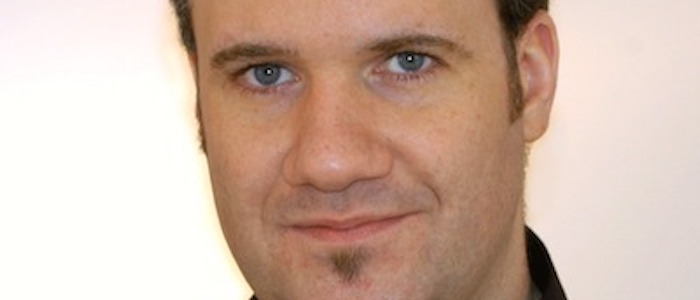Philip Kollmannsberger

Lehrstuhl für Biotechnologie & Biophysik
Theodor-Boveri-Institut
Biozentrum der Universität Würzburg
Am Hubland
97074 Würzburg
Germany
philip.kollmannsberger@uni-wuerzburg.de
Philip Kollmannsberger
...studied physics in Erlangen (1998-2004) and Joensuu/Finland and graduated with a diploma thesis on acoustic detection of high-energy neutrinos. He then moved towards biophysics and joined the lab of Ben Fabry in Erlangen, where he investigated the nonlinear mechanical properties of living cells using magnetic microrheology. After two short research visits to the Scripps Institute in La Jolla/USA (2006/2007) and receiving his PhD in 2009, the next step was a two-year postdoc at the Max Planck Institute of Colloids and Interfaces in Golm (2010/2011), where he studied bone cell networks and biomaterials. With a Marie Curie fellowship, he moved to ETH Zurich to work on microtissue mechanobiology (2012-2016) before starting his own research group as a Junior Professor of Computational Image Analysis at the CCTB, University of Würzburg in 2016.
- since 01.11.2025: Professor for Translational Bioimage Data Science at the University of Würzburg
- 2022-2025: Professor (W2) for Biomedical Physics at HHU Düsseldorf
- 2016-2022 Junior Professor (W1) and Group Leader “Computational Image Analysis”, Center for Computational and Theoretical Biology, University of Würzburg
- 2012-2016 Postdoctoral Researcher and Lecturer in the Laboratory of Applied Mechanobiology (Chair: Prof. V. Vogel), ETH Zurich, Switzerland
- 2010-2011 Postdoctoral Researcher in the Department of Biomaterials (Chair: Prof. P. Fratzl) at the Max Planck Institute of Colloids and Interfaces, Golm, Germany
- 2006, 2007 Visiting Researcher in Department of Cell Biology (Chair: Prof. C. Waterman), Scripps Research Institute, La Jolla, USA
- 2004-2009 Doctoral thesis in the Biophysics Group (Chair: Prof. B. Fabry) of the Department of Physics at the University of Erlangen, Germany
Research synopsis
We are interested in how cell mechanics, cell-cell and cell-matrix interactions give rise to the complex dynamics of biological systems. By combining biophysics with high-end imaging and AI-based pattern recognition, we aim towards a quantitative understanding how cellular behavior and physical properties determine biological function.
This study is Project 14 of the SPP 2332 PoP.






